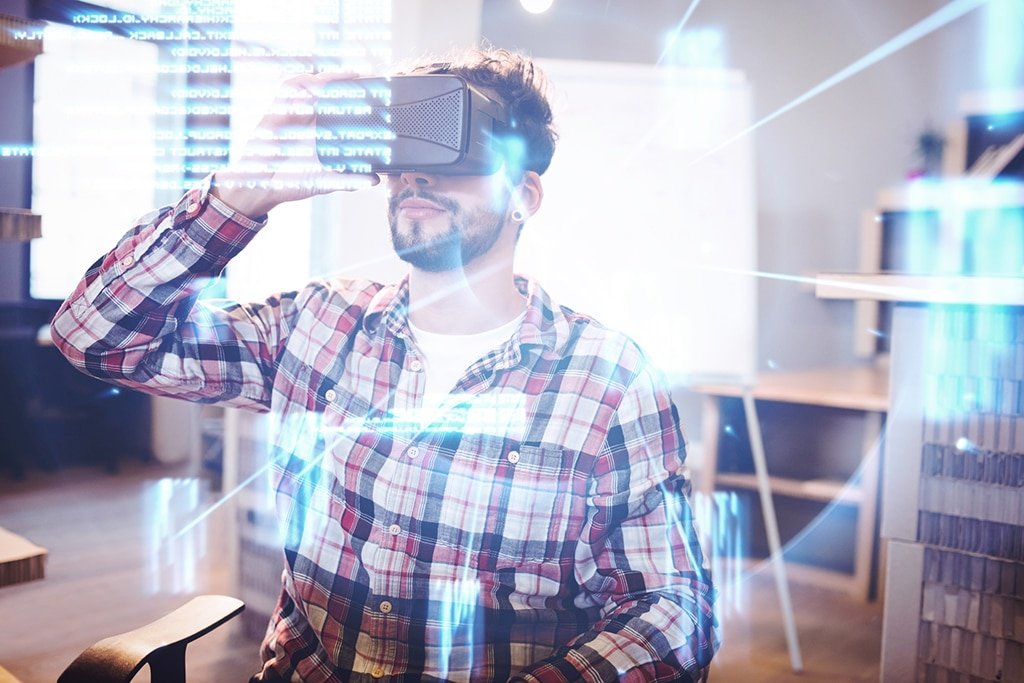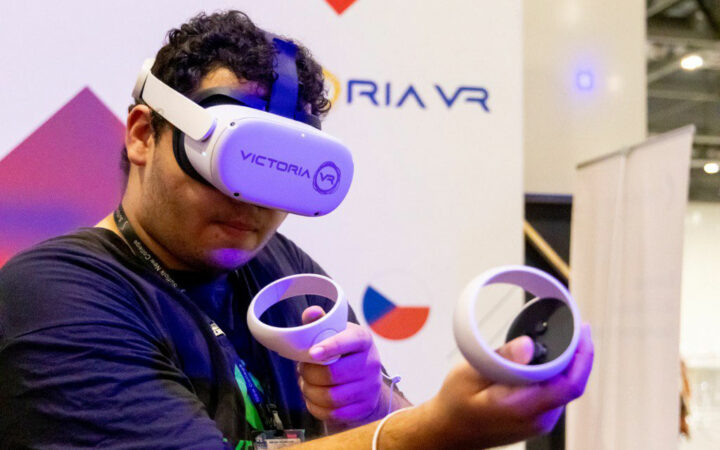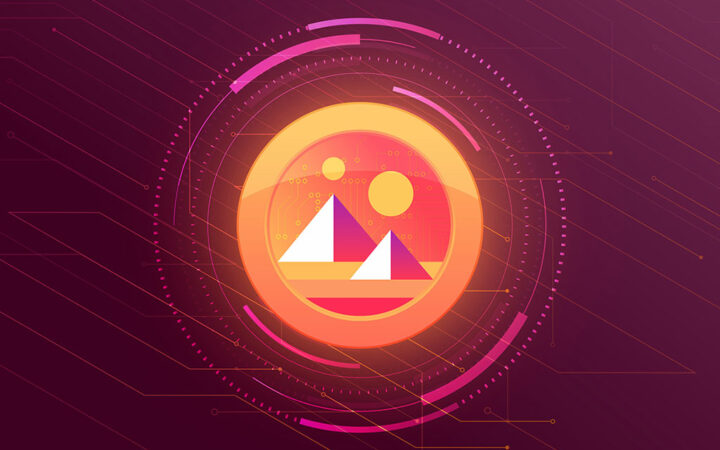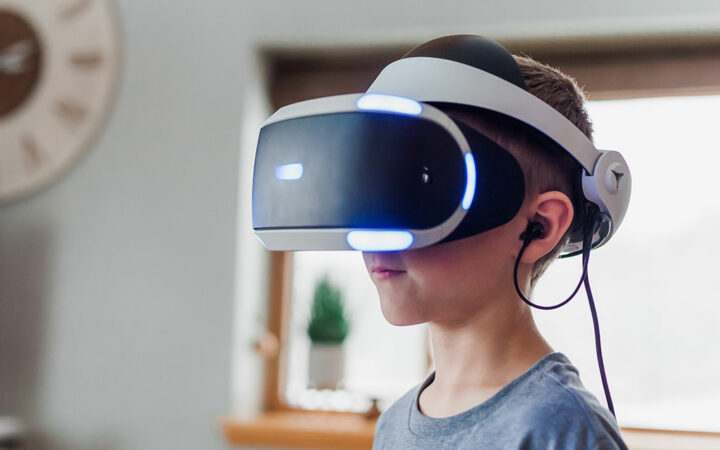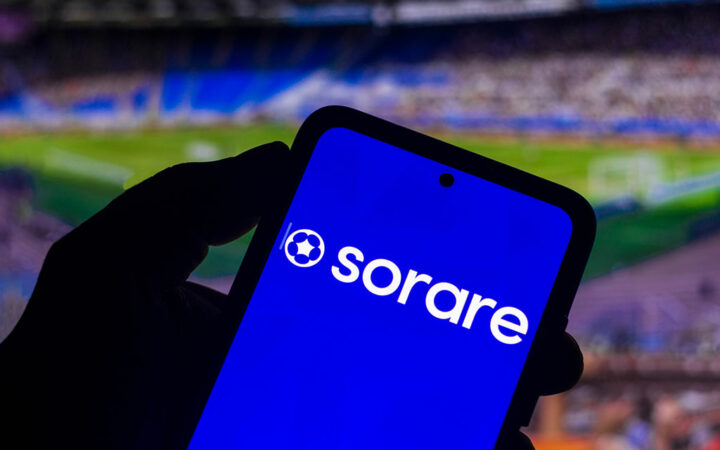
Any technology at the stage of development and entering the broad markets faces the fact that not everyone has yet known its capabilities and has an idea of how it works. As a result, sometimes society is not ready to accept something new. This slows down to a certain point its diffusion, even despite all the other prerequisites and sufficient technological maturity.
Virtual and augmented reality have quite recently overcome the barrier of insufficient public awareness, but for the time being there remains a considerable percentage of people who do not know what it is and how to use it to make their lives more convenient and colorful. Let’s see how these technologies work and how soon they will break into many areas of our life and become an integral part of it, such as, for example, laptops or the mobile Internet have relatively recently done.
Virtual and augmented reality are pretty close to each other concepts. Their abbreviations (VR and AR) differ only in one letter. They are united by the use of virtual objects: objects artificially created by man in a virtual environment. These objects do not exist physically; they are not part of the material world. Although in some cases they may be models of physically real objects or phenomena. For example, it can be the 3D model of the car or the visualization of the electromagnetic field. The principal difference is in the way the user perceives these objects and interacts with them.
In the case of VR, the user is completely immersed in some virtual space with his/her own coordinate system associated with the user’s physically real environment, which in turn is completely hidden from him. Being at home, using the virtual reality system, the user will be able to dive into any virtual world, interacting with it through the senses: mainly through sight and hearing.
Special device is used for this: VR HDM (virtual reality head-mounted display). It can be either full-fledged standalone device that launches games and other programs on its own, or it can serve as a specialized output device for a computer or game console. The most cost-effective solution is a helmet, which adapts an ordinary smartphone for immersion into virtual reality. After all, today everything that is fundamentally necessary for VR technologies can be found in many smartphones.
It is noteworthy that the maximum image quality and wide opportunities are provided through VR HDM connected to a personal computer. Using a smartphone with a special helmet you should not expect photorealistic image quality of the virtual world and complex physics simulation, as well as from standalone helmets.
In full-fledged helmets, which are not an adaptation of a mobile phone, two screens are used to interact with the organs of vision, as a rule, with a high pixel density and an optical system of lenses. Both built-in headphones and external ones of sufficient quality can be responsible for the surround sound.
If the helmet is designed to work with a PC, then you should prepare for high demands on the characteristics of the computer. When buying such a helmet, you may have to update the stuffing of your PC to meet the minimum requirements.
The virtual world itself is a program that implements a three-dimensional space, through which a user’s avatar or only a virtual camera, that provides visibility, can move. Sometimes, more often in simple games that are not demanding of the hardware, avatar can have only hands. Separately, the camera can be used for amusement rides or watching the gameplay or the working field from the outside. In virtual reality, the user can, with the maximum degree of realism, become part of any scenario.
Thanks to the achievements of modern computer graphics, absolutely any environment can be replicated: the mountains, the deck of a ship in the ocean or the street of a huge megacity. The variety and intensity of events occurring with the player are limited only by the fantasy of the game or attraction developer.
Using sensors built into the helmet or some controllers, the user can not only be present and move around the virtual world, but also actively interact with it, transferring, throwing or destroying objects. VR can be a powerful tool for a designer or engineer: using it, you can create and modify objects as natively as possible, bringing together compositions or complex structures using them, such as a car model.
Being in virtual reality, an engineer will be able to study any node at any angle, and using controllers or gestures, it is easy to move individual parts and edit a three-dimensional assembly drawing of any prototype. An artist or designer will be able to use sculpturing techniques when working with 3D graphics more effectively than ever, let alone other ways of working with 3D models.
What additional controllers are available to interact with the virtual world? This can be an optical controller Leap Motion, which implements the capture of hand movements, or controllers that have keys and joysticks for the user’s fingers, such as the Oculus Touch, which are adaptations of the gamepad with tracking of their movements. There are also gloves for accurate transmission of finger movements. Some of them are capable of creating feedback, such as pressure, tactile sensation simulation, the effects of temperature and other sensations, but they are cumbersome.
But truly a full presence effect for games and exhibitions can only be achieved using an integrated approach to capturing user movements. This approach is implemented in the Psycho system, designed for use in large areas. It records both the player’s movements over the area of the game or exhibition zone, as well as movements of his/her individual body parts.
The registration of player movements is the responsibility of the cameras associated with the computing system’s nodes. Unique adaptive tracking algorithms allow you to use an unlimited number of cameras, getting results with sub-centimeter accuracy. To capture the movements of body parts and ensure complete freedom from the wires, a special “Psycho suit” is used. It has sensors located opposite each key bone of the human body. This allows reproducing with great accuracy the movements of all parts of the user’s body in a virtual environment and gives software developers more freedom.
After all, the more accurate the user’s avatar in the virtual world reacts to the movements of a real person, the more complex scenarios, close to reality, can be used. Player’s movements are completely free thanks to the light and powerful MSI One workstation, made in Backpack form factor, comfortably placed on the player’s back. It is where the virtual reality environment is launched, as well as some elements of the system are switched. Well, the VR HDM device itself is a well-proven Oculus helmet. Based on this system, 5 virtual reality parks have already been implemented and an exhibition was held at Contemporary Art Center MARS.
VR has influenced various areas of medicine. In psychology, virtual reality helps people deal with their fears under medical supervision. And the use of special controllers greatly expands the use of VR. Thanks to them, virtual reality has opened up new opportunities for the rehabilitation of patients after various injuries. For this purpose, specialized controllers designed to assist specific types of patients are being developed.
Some developers go further. This is how MED VR was born, a controller for transmitting medical instrument movements to virtual reality. It helps train surgeons to do certain surgeries without fear for the lives of patients. In addition, the existing method of predicting time will be refined, which on average the surgeon spends on certain actions. And time is of the essence in the process of saving a human life.
It would seem that virtual reality captured all the areas of human activity that are logical for its application and left nothing for the augmented reality. But such an opinion is formed only at first glance, if you don’t go into the distinctive feature of AR. It is the lack of complete immersion into the virtual world. It combines virtual objects and a physically real environment. For many areas, this approach is more promising.
From this point begins the confusion with the terminology. In addition to VR and AR, there is also MR (Mixed Reality), which is associated with the simultaneous use of virtual and augmented reality and with the expansion of their mechanics. And if we turn to the “full specification of realities”, we will get a series of VR, AR, MR and RR. The last abbreviation denotes the world physically real to us.
This zoo of terms has in some situations led to misunderstandings among both developers and users. Clay Bavor, Google’s vice president of virtual reality, noted that all these terms are not separate and different things, but convenient labels for different points of the reality spectrum. The result is the term XR (Extended Reality), which incorporates all four of the concepts above.
To deal with the closest of the “four Rs”, it is worth giving examples of their implementations. AR exists and has been used for a long time. One of its first implementations, based on the latest for the time of the appearance of the fruits of scientific and technological progress, are projection dashboards of cars. The user sees them over the real world on the glass of his/her car, without interacting directly with them. They only display the current indicators of the measuring devices of the machine.
It is also worth mentioning such projects that have been widely discussed in recent years, such as Pokemon GO and Motion Tracking masks for Instagram and Snapchat. The most striking example of the implementation of MR is Microsoft HoloLens. When using these glasses, the user can see, for example, a detailed virtual anatomical model of the human body over a physically real environment.
But at the same time with the use of hand gestures, you can interact with this model by switching layers or scaling it. The fingers of your hands are in the coordinates of the physically real space in which this or that element of the virtual model, which you observe over the real environment, is located.
There are few distinctive design differences from virtual reality. You also need a helmet or glasses that record the slightest movement of your head. But now they can be transparent. Through them you see a physically real environment. And also on them images of virtual reality are projected. Or there is an alternative approach, when the helmet is again opaque to the human’s sight, but the image from the helmet’s cameras combined with the image of virtual objects will be set onto it.
The number of applications of MR technology is incalculable. Any application program becomes native when porting to such a device, whether it is a CAD system or a complex for computer 3D modeling. People with hearing impairments will be able to get help from a virtual or real assistant in real-time thanks to quick messages made in the form of virtual objects printed over the environment.
Students at all levels of educational institutions will get an opportunity to study in detail any model of any of the most complex and difficult to reproduce in RR process right in their hands. And doctors are already using HoloLens in test mode to quickly obtain data on the patient’s state or to display various images of internal organs in the form of virtual objects placed over the surgical field.
The banal use to display the user interface of any program or operating system is a very important application that changes the way you interact with the computer. Already, Microsoft’s MR allows you to “hang” a virtual window of any program on a cabinet in your room, and your helmet will remember this. When you return home in the evening, for example, the player with your favorite music videos will hang in the usual place for you.
One of the controversial MR applications for the user is marketing. Marketers are looking forward to how they will cover the streets of our cities with interactive virtual advertising panels, with which the user can interact with a slight movement of his fingertips.
These virtual panels will be able to follow the person and easily change the orientation relative to him/her, as well as be completely personalized. Of course, it is this potential application of these technologies that is already causing some people fear or discontent: quite a few cyberpunk films and short films have already come out that demonstrate the negative side of such an application of MR.
Still, the technology is much more useful than harmful, and all concerns about advertising in XR will be dispelled by the updated legal framework in this area, which will appear with the widespread of these technologies.
Having understood the basics of the operation and application of extended realities (XR), we can conclude that these technologies will become omnipresent in the nearest future. Throughout the day, a person will balance on the border between the virtual and real world, optimizing his/her tasks and making the world around brighter. And if necessary, one will be able to isolate oneself from the physical reality in order to concentrate on work or entertainment in the virtual reality.
Mass distribution of XR technologies will be another important stage in the development of mankind. We hope that those who will have read this article will be ready for this and will be able to keep up with the times, effectively organizing their work and leisure using XR.

